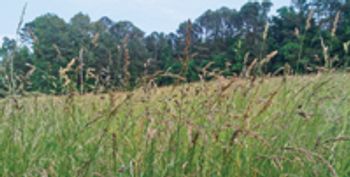
Objective forage analysis methods ensure better nutritive content for horses.

Objective forage analysis methods ensure better nutritive content for horses.
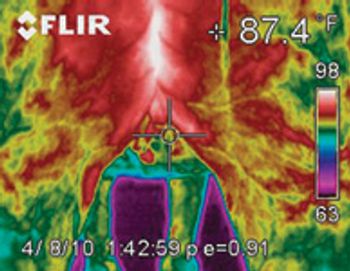
Both human and equine athletes are subject to leg muscle injuries.
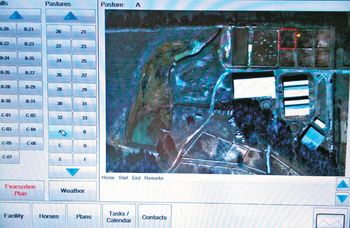
A combination of forces are currently redefining the construction of buildings, homes, barns and businesses.
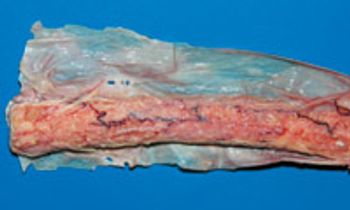
The trials of diagnosing neurologic disorders.
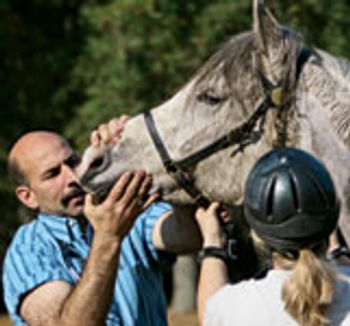
Veterinarians are one of the most at-risk populations for equine-human disease transmission.
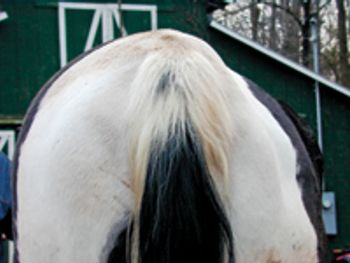
Its 'the great imitator' because of varied clinical signs, intensity.
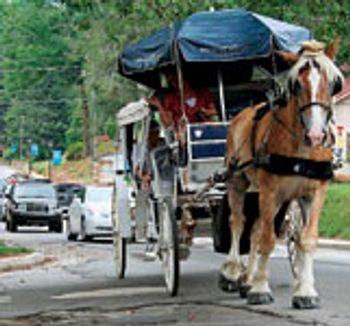
You are on a well-deserved vacation with your family. You thought you were taking a break from horses, but you look around anyway. There it is - a draft horse slowly pulling a loaded wagon full of tourists.
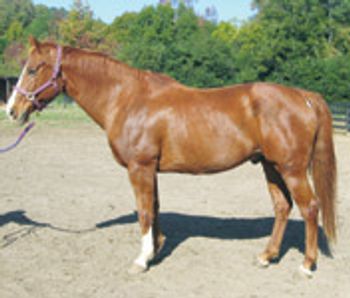
Recovery from malnutrition, starvation takes time, patience.
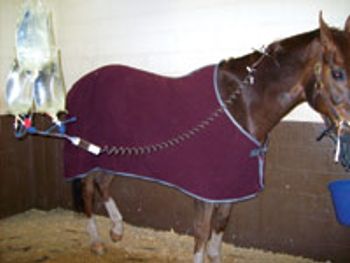
Equine piroplasmosis is an infectious disease of international importance.
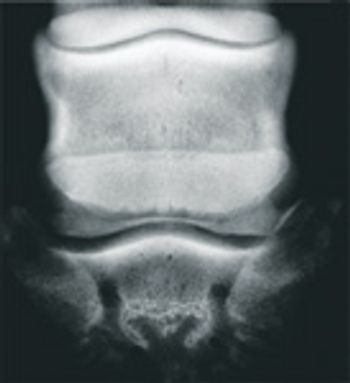
In the first of these articles we looked at the wide array of different treatment modalities and therapies available for use in horses suffering from varying types of tendon and ligament injuries, and forms of joint disease. Multiple treatment options are available, from stem cells to platelet-rich plasma to shock-wave therapy to Tildren.
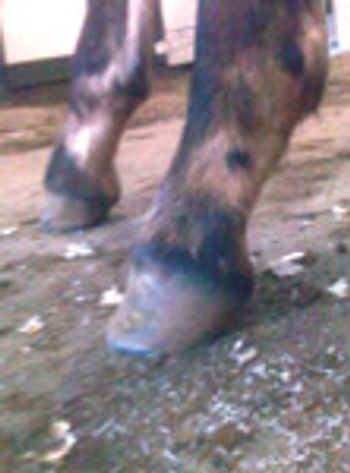
Researchers knew that the equine genome project eventually would lead to monumental discoveries and new methods of diagnosis and treatment of significant benefit to the horse.
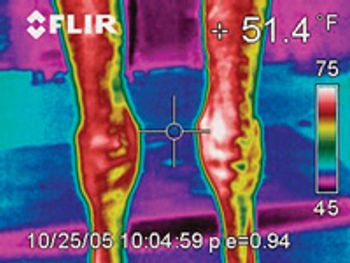
There are many treatment options available to equine practitioners dealing with injuries to tendons and ligaments and an equally large number of drugs, techniques and modalities that can be used to help manage joint problems in the athletic horse.

You want to believe. You really do. And there are many well-known horsemen, doctors, physicists and PhD's telling you that you should.

A look at veterinary-school architectural plans sheds light on how the profession is changing.
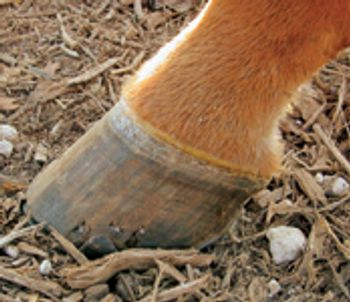
If, according to an old English proverb, the eyes are the windows to the soul, then for horses and humans the nails and hooves may well be the windows to inner health or medical problems.

The digestive system of the horse is of crucial importance to the equine practitioner. Health and optimum function of this system are necessary for almost every aspect of a horse's life. Complaints of diarrhea, weight loss, poor weight gain, lack of performance and colic, among others, often accompany equine digestive disease.
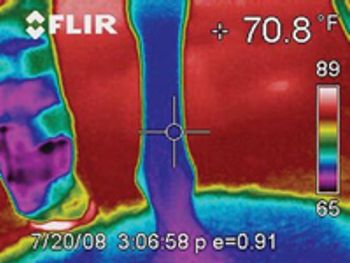
Veterinarians often are called upon to help their clients sort out all of the commercial choices available when equine products are being purchased. Equine nutritional products (primarily feeds), vitamin, mineral and other performance supplements and joint-protection products tend to be the three areas where client confusion abounds and veterinary clarification is sought.

When the equestrian events of the 2008 Beijing Olympic Games are held Aug. 9-20, the world will see if China has met the numerous challenges facing the successful staging of those events. Concern was raised, even from the beginning of China's Olympic bid, in three main areas:
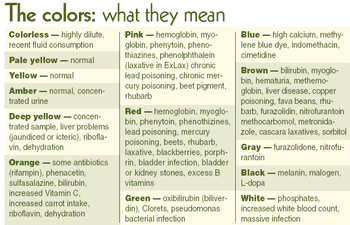
In the Dr. Seuss classic Go Dogs Go, we learn a very important lesson that remains with us throughout our lives: Red means stop.
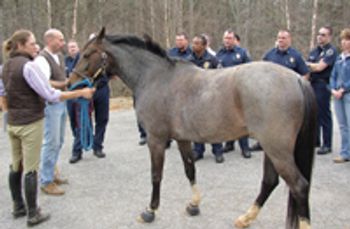
Equine practitioners need not go far these days before being reminded that they and their clients are facing difficult economic times. Rising gas prices, feed prices, seed and fertilizer costs, reduced travel to horse shows and generally lower consumer spending suggest a tough business year for many veterinarians.
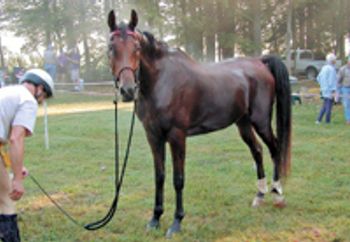
The International League for the Protection of Horses (ILPH), based in Norfolk, England, has long dealt primarily with cases of neglected and starved horses, but now there is a newer issue facing this organization.
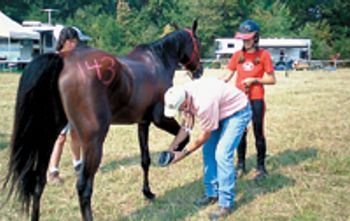
Dr. H, a recent graduate, was attending the American Association of Equine Practitioners (AAEP) meeting in Orlando, Fla., this past December. While standing in the convention-center lobby waiting for a lecture to begin, he noticed three older veterinarians over in a nearby corner engaged in serious discussion. He recognized all three as leading lameness experts and well-respected practitioners.
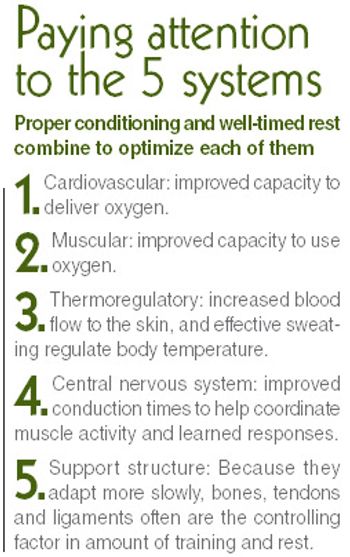
For most of the country, the wind blows and the snow swirls. It is not quite foaling season, too early for breeding and, except for those clients chasing points and heading to warmer weather competitions, things are relatively quiet for most equine practitioners.
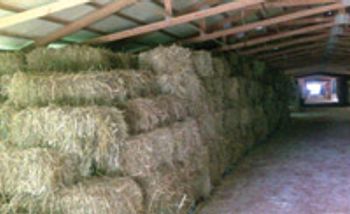
There is an old Italian proverb that says, "Your plate is always full of what you don't want."
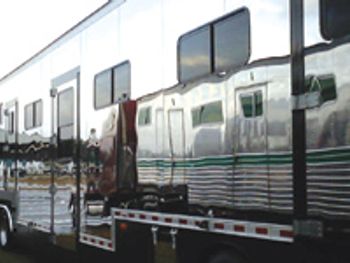
It is early morning on the average American horse show grounds. The mist is just beginning to clear and the horses, trainers, riders and associated show personnel are only now beginning to rise. But some grooms and horses have been at it for a while already. They are in the warm-up ring or on a nearby field, and they have been lunging around since first light.
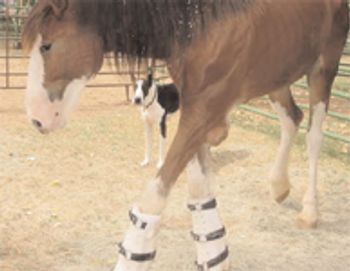
For most adolescents it was a rite of passage. Signed and decorated by their friends, it was that itchy, white-plaster cast on his/her wrist, arm or ankle. It may have been acquired from a bike, skateboard or skiing mishap, a sports injury from football or hockey or just a fall on the ice.

The SEEN program's first objective is ... education.

It is interesting that the very best thing that you can do to become better at recognizing and diagnosing lameness in horses may also be the best thing that you can do for your business. Dr. Colin Burrows, executive director of The North American Veterinary Conference, wrote a piece on marketing strategy in the July issue of the NAVC Clinician's Brief.
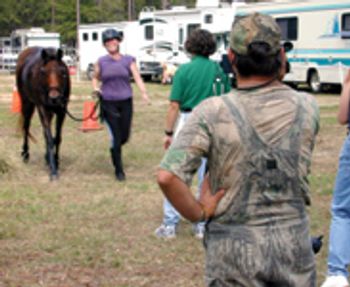
Analysis is important, but it's still critical to get out to watch horses move.
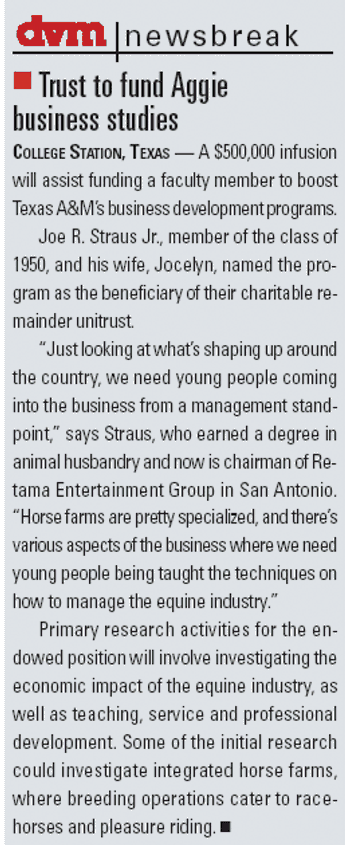
Slightly hypertonic water will stimulate the thirst center, impelling a horse to drink more overall water.